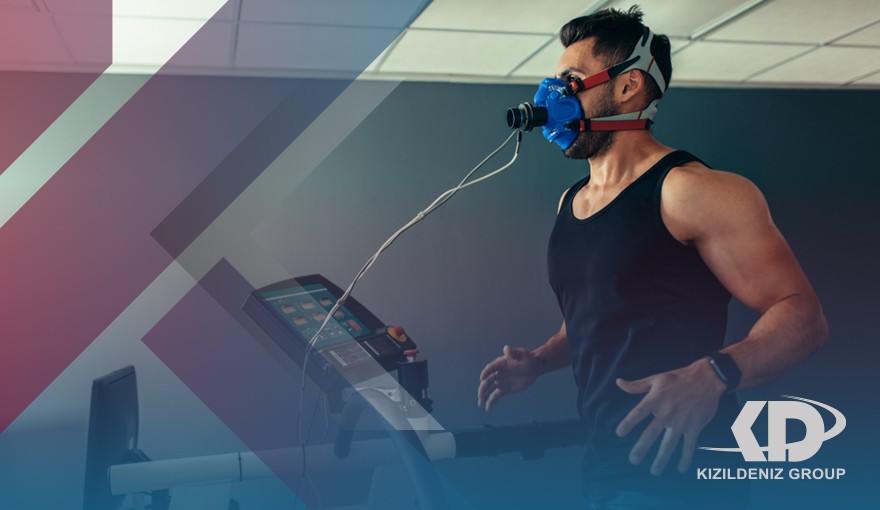What is the specialty of exercise and sports science:
Mathematical science is a discipline that teaches how a healthy human body works during exercise, and how sport and physical activity promote health and performance from a cell perspective to a whole body perspective. The study of sports science has traditionally included the fields of physiology of organs (exercise physiology), psychology (sports psychology), anatomy, biometrics, biochemistry and biomedical science. Sport scientists and performance advisers are growing in numbers of demand and employment, with an ever-increasing focus in the world of sport on achieving the best possible results. Through the scientific study of sport, researchers have developed a greater understanding of how the human body interacts with exercise, training, different environments and many other stimuli.
History of Exercise and Sports Science Specialization:
The origins of the science of sport can be traced back to ancient Greece. The famous ancient Greek physician Gallinus (131-2010) wrote 87 detailed articles on improving health (proper nutrition), aerobic fitness and muscle strengthening.
New ideas on the work and work of the human body emerged during the Renaissance, where anatomists and doctors challenged previously known theories. This spread with the application of the printed word, the result of the Guttenberg Press in the 15th century. The alliance with this was a significant increase in academia in general, as universities were forming around the world. More importantly, these new scientists went beyond the simplistic concepts of early Greek doctors, highlighting the intricacies of the circulatory system and the digestive system. Moreover, by the mid-19th century, early medical schools (such as Harvard Medical School, formed in 1782) began to emerge in the United States, whose graduates continued to hold important positions in academia and allied medical research.
The number of publications of medical journals increased significantly during this period. In 1898, three articles on physical activity appeared in the first volume of the American Journal of Physiology. Other articles and reviews later appeared in prestigious magazines. Theale Zeitschrift fur Physiologie einschliesliche Arbeitphysiologie (1929-1940; now known as the European Journal of Applied Organ Physiology and Professional Organ Physiology), an important research journal.
A number of key figures have made significant contributions to the study of sport sciences:
Austin Flint Junior (1836-1915) was an early American pioneer physician who studied physiological responses to exercise in his influential medical books.
Edward Hitchcock Jr. (1828-1911), Professor of Hygiene and Physical Education at Amherst College, devoted his academic career to the scientific study of physical exercise, training, and the body. He co-authored an 1860 text on exercise physiology.
George Wells Fitz, Doctor of Medicine (1860-1934) established the first administrative specialty in anatomy, physiology and physical training at Harvard University in 1891.
August Krug (1874-1949) was awarded the 1920 Nobel Prize in Organ Physiology for discovering the mechanism that controls the flow of hair blood in rest or active muscles.
Per Olof Ostrand (1922-2015) was Professor, Department of Physiology, Karolinska Institute, Stockholm. He wrote a basic research paper that assessed the physical work capacity of men and women aged 4 to 33.
The importance of studying the speciality of exercise and sports sciences:
The science of sports and exercise (SES) is incredibly diverse and depends on many different disciplines, including: Physiology and Biochemistry, Motor Control, Psychology and Sport Management. This wide range of subjects means there's something for everyone!
It helped meet our greatest health challenges.
It will help understand and solve some of society's biggest challenges while working on how the body responds to the challenge of physical activity.
Sports and Exercise Research has provided health advice that applies to everyone. By contributing to research in this area, it will help people better care for their health and help combat some of the biggest health challenges in society.
Training and sports science courses :
- Autopsy,
- Physiology of Organs
- Feed,
- Neural Mechanics
- Prescription
Fields of work for training and sports science:
- Organ physiology practice.
- Director of the fitness center.
- Personal trainer.
- An elementary school teacher.
- High school teacher.
- Athletic officer.
- A sports coach.
- Sports Development Officer.
The best universities for exercise and sports sciences in Turkey:
- Glychim
- Aidan
- Gulf
- Van Nar Bahsheh
- Nishantashi
 FR
FR AR
AR
 Next one
Next one